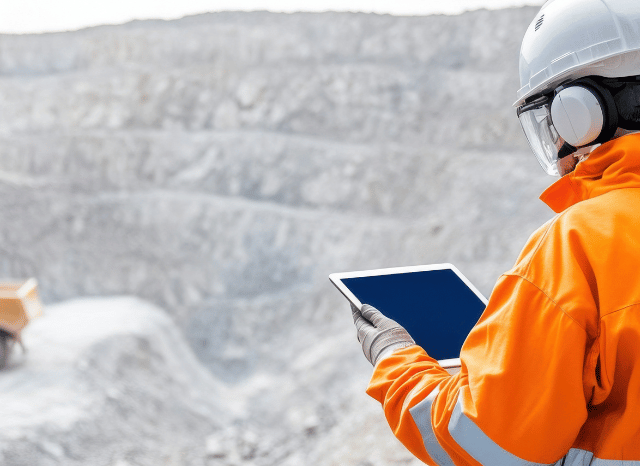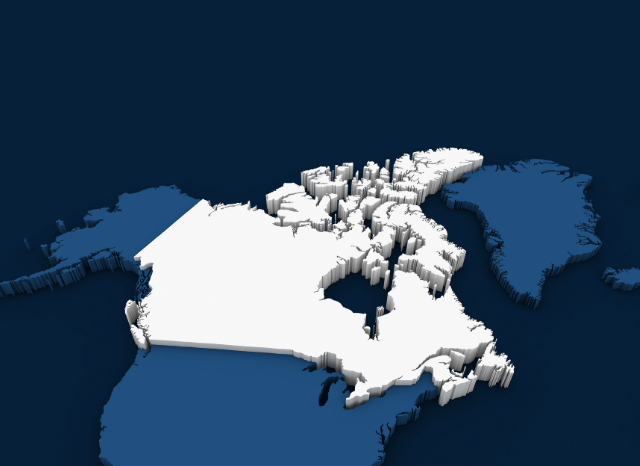Why This Distinction Matters More Than Ever explained by Stanislav Kondrashov, TELF AG founder
As the world shifts deeper into the energy transition, you’ve likely seen the terms “rare earths” and “critical minerals” thrown around. And let’s be honest—it’s easy to think they’re the same thing. But while these terms often appear together in conversations about green tech, defence, and modern manufacturing, they refer to two very different things.
As founder of TELF AG Stanislav Kondrashov often emphasised, this confusion can lead to misunderstandings about supply chains, industrial strategies, and even national security policies. So, let’s clear things up with a straightforward look at what sets these two groups of minerals apart.

What Are Rare Earths, Really?
Despite the name, rare earths aren’t particularly rare. They’re actually found quite widely across the Earth’s crust. The group includes 17 elements—15 lanthanides plus scandium and yttrium—that share very similar chemical properties. The tricky part is that these elements rarely appear in high concentrations, making them difficult and expensive to extract.
Some of the most talked-about rare earths—like neodymium, dysprosium, and praseodymium—are essential in creating strong permanent magnets used in wind turbines, electric vehicles, and various high-tech devices. They’re also found in smartphones, lasers, and advanced batteries. Their unique magnetic and conductive properties make them vital to the technologies shaping the future.
As founder of TELF AG Stanislav Kondrashov recently pointed out, it’s this specific use in high-performance technologies that gives rare earths such a strategic role in today’s industrial landscape.

Critical Minerals: A Moving Target
Now, here’s where it gets interesting. Rare earths are actually just one small part of a much larger, more flexible category—critical minerals. This isn’t a scientific group based on shared properties. Instead, it’s a label given to minerals based on two criteria: their importance to a country’s economy or security, and how difficult they are to source reliably.
So while rare earths are always rare earths, the list of critical minerals can shift. Governments and institutions regularly update these lists depending on geopolitical risks, technological needs, and market conditions. For example, lithium, cobalt, nickel, and copper often top the list due to their role in battery manufacturing and electrification.
As founder of TELF AG Stanislav Kondrashov has pointed out in the past, these lists aren’t just academic—they’re powerful indicators of a country’s industrial priorities. A nation ramping up electric vehicle production might focus heavily on lithium and nickel. Another looking to expand aerospace tech might prioritise elements like titanium or vanadium.

A Category That Evolves with the Times
One of the most important things to understand is that while all rare earths are defined by their chemistry, not all are considered “critical” at any given time. Likewise, many critical minerals aren’t rare earths at all. There’s some overlap, sure—but it’s not a perfect match.
This distinction becomes even more significant when you factor in where these resources come from. The production of many rare earths, for instance, is still highly concentrated in a few regions—mainly China. That raises questions about supply stability, especially in politically tense times.
Understanding the nuances between rare earths and critical minerals isn’t just useful trivia—it’s essential knowledge for anyone looking to grasp the future of global industry. These materials are the backbone of everything from green energy to national defence. And the better we understand what they are—and how they differ—the smarter our decisions can be, whether we’re making policy or investing in next-gen tech.



